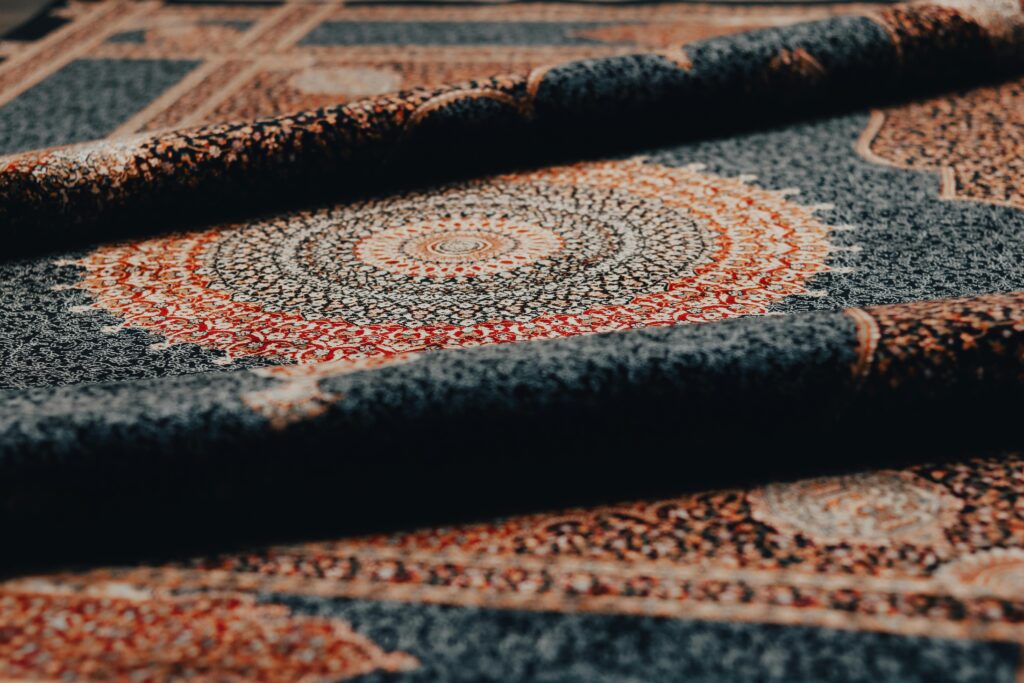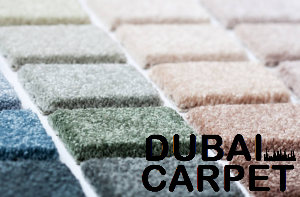Persian carpets, also known as Iranian carpets, are renowned worldwide for their intricate craftsmanship, exquisite designs, and historical significance. These carpets represent more than just floor coverings—they are a symbol of Persian culture, art, and history. Persian carpets have been cherished for centuries, and their timeless appeal continues to captivate the hearts of collectors, interior designers, and art enthusiasts around the globe.
The Origins of Persian Carpets
The history of Persian carpets dates back to ancient times. The tradition of weaving carpets in Persia (modern-day Iran) can be traced to around 2,500 years ago, during the Achaemenid Empire. The earliest examples of Persian carpets were often made from wool, silk, and cotton, with intricate patterns and designs reflecting the cultural and artistic trends of their time.
The first known Persian carpet, known was discovered in Siberia, dating back to the 5th century BCE. This carpet is considered one of the oldest surviving examples of Persian carpet weaving and provides a glimpse into the early techniques and motifs used by Persian weavers.
Over the centuries, Persian carpets evolved, with various dynasties and regions of Persia contributing unique styles and techniques. Persian carpets became highly sought after by royalty and aristocrats throughout the world, further solidifying their status as a symbol of luxury and opulence.

The Artistry of Persian Carpets
What sets Persian carpets apart from other types of rugs is the level of artistry and craftsmanship involved in their creation. Persian carpets are handmade using traditional techniques passed down through generations. The process of weaving a Persian carpet is incredibly labor-intensive and requires immense skill and patience.
The first step in creating a Persian carpet is preparing the yarn. Wool, silk, and cotton are the primary materials used, each chosen for its unique qualities. The yarn is dyed using natural dyes derived from plants, insects, and minerals. The dyeing process is an art in itself, with weavers carefully selecting colors that will enhance the final design of the carpet.
The next step is the weaving process. Persian carpets are typically woven using a technique known as the “Persian knot.” This knotting method involves tying individual knots around the carpet’s warp threads, creating a dense and durable pile. Each knot is tied by hand, ensuring that the final carpet is of the highest quality. Depending on the size and complexity of the design, a single Persian carpet can take months or even years to complete.
One of the key features of Persian carpets is their intricate and detailed designs. Persian carpets often feature floral motifs, geometric patterns, and symbolic elements that have cultural significance. These designs are carefully planned and executed, with each knot contributing to the overall aesthetic of the carpet. The colors used in Persian carpets are also significant, with each shade carrying its own symbolism. For example, red symbolizes wealth and power, while blue represents peace and tranquility.
Types of Persian Carpets
Persian carpets are made in various regions of Iran, each with its distinct style and design. Some of the most famous types of Persian carpets include:
- Tabriz Carpets
Tabriz, located in the northwest of Iran, is one of the oldest and most renowned centers of Persian carpet production. Tabriz carpets are known for their intricate designs and fine quality. The city has a rich tradition of weaving carpets, and Tabriz carpets often feature floral patterns, medallions, and a wide range of colors. - Isfahan Carpets
Isfahan carpets are considered some of the finest and most luxurious Persian carpets. These carpets are known for their detailed patterns and exceptional knotting. The designs often include intricate floral motifs, arabesques, and medallions. Isfahan carpets are made with silk or high-quality wool and are highly valued by collectors. - Kerman Carpets
Kerman carpets, produced in the city of Kerman in southern Iran, are known for their softness and delicate designs. Kerman carpets often feature floral patterns, birds, and landscapes. These carpets are known for their vibrant colors, particularly shades of blue, red, and ivory. - Qom Carpets
Qom carpets are famous for their luxurious silk threads and intricate designs. These carpets often feature Persian motifs, such as flowers, birds, and trees. Qom carpets are highly prized for their fine quality and are often used in palaces, royal residences, and prestigious establishments. - Shiraz Carpets
Shiraz carpets, produced in the city of Shiraz in southwestern Iran, are known for their bold and geometric designs. These carpets often feature tribal patterns, and they are typically made using high-quality wool. Shiraz carpets have a distinct style that sets them apart from other Persian carpets. - Mashhad Carpets
Mashhad, located in northeastern Iran, is famous for its large and elaborate carpets. Mashhad carpets are often made from fine wool and feature intricate floral designs, sometimes with Persian calligraphy. These carpets are highly valued for their durability and beauty.
Take a moment to explore this products →
The Value of Persian Carpets
The value of Persian carpets has always been high, and they continue to be highly sought after in today’s market. The rarity, craftsmanship, and historical significance of Persian carpets contribute to their premium price. A well-crafted Persian carpet can be a valuable investment, as its value often appreciates over time.
Several factors contribute to the value of a Persian carpet. The quality of the materials used, the complexity of the design, and the skill of the weaver all play a significant role in determining a carpet’s worth. Additionally, the age of the carpet can also affect its value. Antique Persian carpets, particularly those made during the Safavid and Qajar periods, are highly prized by collectors and can command astronomical prices at auctions.
In addition to their financial value, Persian carpets are also appreciated for their cultural and artistic significance. These carpets are considered masterpieces of craftsmanship, and owning a Persian carpet is often seen as a symbol of taste and sophistication. Many museums around the world feature Persian carpets as part of their collections, showcasing the rich history and artistry of these woven treasures.
The Global Appeal of Persian Carpets
Persian carpets have a global appeal and are considered one of the most coveted luxury items in the world. From Europe to the United States, and from Asia to the Middle East, Persian carpets are in high demand for their beauty and craftsmanship.
The global demand for Persian carpets has led to the establishment of several carpet markets, where buyers and sellers come together to negotiate prices and trade in these exquisite pieces of art. One of the most famous carpet markets is located in Tehran, where collectors from all over the world come to purchase Persian carpets.
In addition to their appeal in the luxury market, Persian carpets are also commonly used in interior design. Their rich colors, intricate designs, and luxurious textures make them the perfect addition to a variety of spaces, from homes to hotels to corporate offices. Persian carpets are often used to add warmth and elegance to any room, and their versatility allows them to complement a wide range of décor styles.
Caring for Persian Carpets
Due to their value and craftsmanship, Persian carpets require special care to maintain their beauty and longevity. Proper cleaning and maintenance are essential to ensure that a Persian carpet remains in top condition.
Regular vacuuming is recommended to remove dirt and dust from the surface of the carpet. However, it’s important to avoid using a vacuum with a beater bar, as this can damage the delicate fibers of the carpet. Professional cleaning is recommended for Persian carpets, especially if they are heavily soiled or have not been cleaned for an extended period.
It’s also important to avoid exposing Persian carpets to direct sunlight for long periods, as this can cause the colors to fade. Rotating the carpet regularly can help prevent uneven wear and ensure that it maintains its vibrant appearance.
Read also:
- Best Carpet Shops In Dubai
- Why Antique Persian Carpets Are Considered Masterpieces
- how to choose the best outdoor carpets dubai offers
Conclusion
Persian carpets are a true testament to the skill, artistry, and culture of Iran. These carpets have been woven for thousands of years, and their timeless beauty continues to captivate the world. Whether you’re a collector, an art enthusiast, or someone who simply appreciates the fine craftsmanship of Persian carpets, these woven masterpieces will always hold a special place in the world of art and design. The history, craftsmanship, and lasting appeal of Persian carpets make them a valuable and cherished treasure, one that will continue to be admired and sought after for generations to come.









